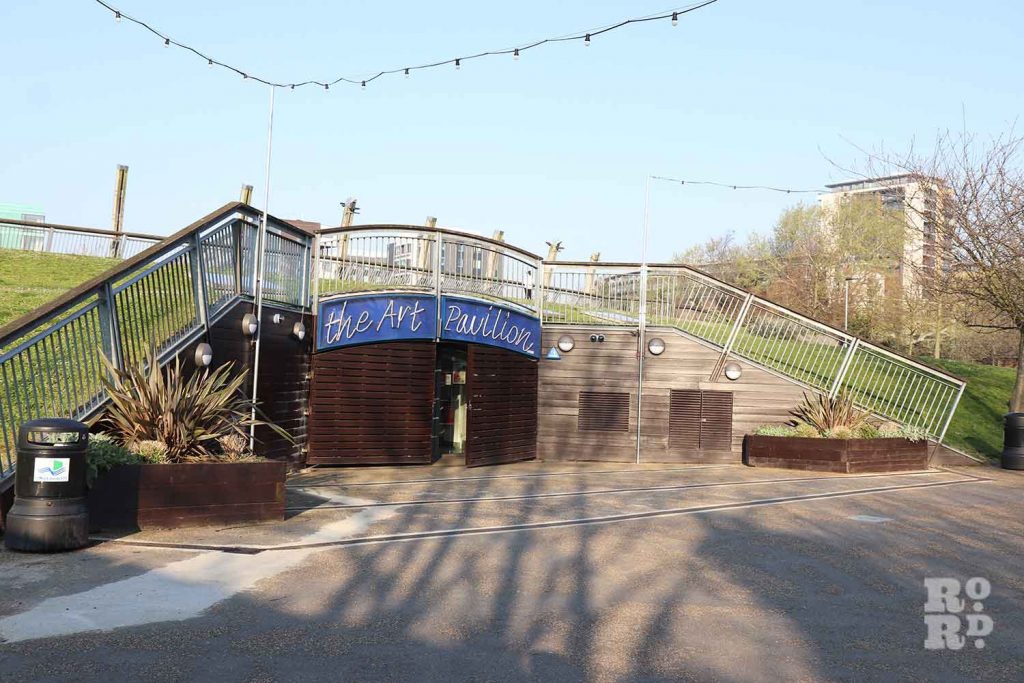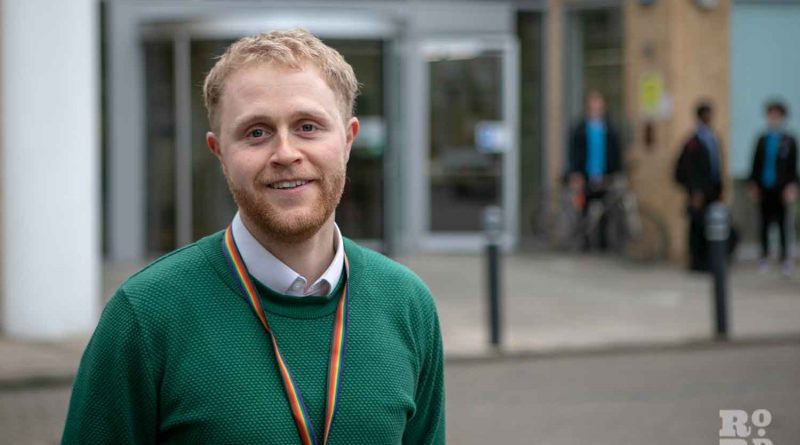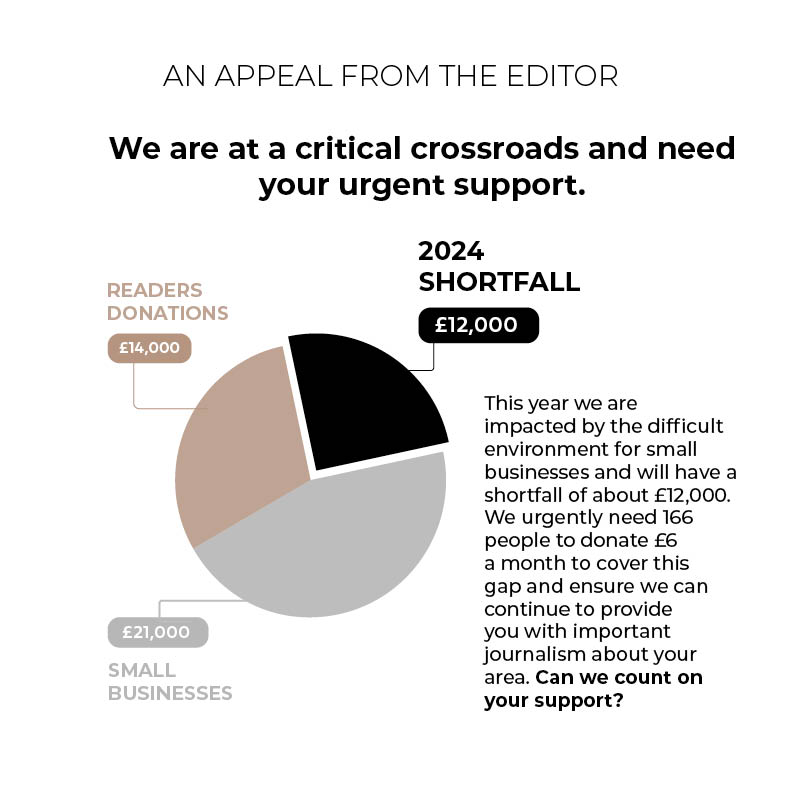How a Morpeth school teacher’s initiative to tackle kids’ vaccine fears went national
As thoughts turn to coronavirus vaccines for kids, Morpeth School teacher Ed Stubbs’ initiative to tackle pupils’ vaccine hesitancy has gone national.
It’s a Monday morning in form tutor Ed Stubbs’ classroom, and his group of year nines have just watched an episode of CBBC’s Newsround. Clips of people receiving the coronavirus vaccine at clinics across the UK are up on the screen, alongside news about which age groups will be receiving it next.
A hand goes up: ‘But Sir, I’ve heard it causes blood clots?’ asks one 13-year-old.
Faced with a barrage of similar questions over the last six months, biology teacher Stubbs set about developing resources that would help address the concerns of local young people, many of whom belong to the sectors of the community with the highest levels of vaccine hesitancy.
With the coronavirus vaccines having only been developed in the past 12 months, and therefore little time to add them to the school curriculum, Stubbs found himself at a loss to know how to clearly explain this scientific breakthrough. It doesn’t help that – even in the adult world – we are bombarded with misinformation.
As the vaccine roll out continues down the priority groups – we now have vaccination centres in Mile End Pavillion and at Queen Mary University Hospital on our patch alone – thought has turned to when children will receive the jab.
While children are in the category of least priority, the British Medical Journal suggests that some covid-19 vaccines could be rolled out to children later this year, as early as autumn. Oxford University is currently studying the safety and immune responses in children and young adults of their coronavirus vaccine, with the findings due to be published in June or July.

New data from the REACT study, commissioned by the Department of Health, found that vaccine hesitancy is highest in London. The study also found that, due to lived experience and history of systematic racism from the UK Government, black people are overall less trusting of medical interventions.
Compounding this, the racially diverse area of Bethnal Green and Bow has the highest level of child poverty (54 per cent) in the UK. People living in deprived areas are more likely to be wary of receiving the coronavirus vaccine, which leaves Stubbs’ pupils more vulnerable to misinformation than most.
He realised that most of the resources that already existed on coronavirus and the vaccines, were ‘aimed at students that already had quite complicated scientific knowledge,’ which creates a barrier for students ‘who are maybe from disadvantaged families or coming to school with a reading age well below what they should have.’
So he decided to create his own resources. To begin with, Stubbs started contacting academics involved in the research of a COVID-19 vaccination all over the country. He asked them two simple questions; ‘Is the COVID vaccine safe? Is it being rushed?’
Stubbs was overwhelmed by the response, receiving a huge amount of scientifically reviewed literature and offers to help him build the resources. Daniel Pennington, Professor of Immunology at Queen Mary University of London, offered to look over Stubbs’ research to check it for accuracy and validity.
After hearing her speak on a global news podcast, Stubbs then got in touch with Dr Heidi Larson at the Vaccine Confidence Project. She put him in touch with The Stephen Hawking Foundation, which facilitates research into the sciences at school and university level.
‘They took the project to a whole other level,’ says Stubbs excitedly, ‘they employed a graphic design team…a science communicator… I really want to give credit to The Stephen Hawking Foundation for making this into a massive project, taking it to the national level.’
The end result is a polished, orange and blue themed presentation with illustrations and diagrams that answers questions including; ‘Are vaccines safe?’ and ‘ Why do we need a COVID vaccine?’ It also addresses conspiracy theories, such as that the vaccine contains a microchip or alters the recipient’s DNA.
This education pack, conceived of by Stubbs and produced by The Stephen Hawking Foundation, has now been made available to schools across the country.
‘I want as many people as possible to know about the resources and to use them in schools,’ says Stubbs, who is clearly thrilled that these resources can now be used by anyone who needs them.
Starting off his career as a healthcare researcher for British think tank CIVITAS, Stubbs is acutely aware of the power of public health messaging.
‘There were many reasons why I wanted to be a teacher,’ he says. ‘I like to be talking and standing up and working with young people, but also I realised that teachers, school and someone’s early life experiences, they don’t just affect their wellbeing, it affects their health directly.’
For Stubbs, it is the duty of schools to prepare children to make informed decisions regarding their health, and a failure to do so can exacerbate long term health inequalities.
He continued, ‘Public health starts in schools, and I don’t think, as a country, we utilise our schools for educating people on public health as much as we could, especially on vaccines.
As a society we’re beginning to forget what we have gained from vaccines. How many students know that smallpox was completely eradicated by vaccination?’
But his ambitions don’t stop here. Stubbs has seen first hand how his pupils’ views on vaccines and general health are massively shaped by their parents, so wants to broaden this outreach to families.
In conjunction with Daniel Pennington at Queen Mary University, Stubbs plans to hold a panel event on 19 April to brings together local scientists and academics to answer people’s questions on the vaccine.
It is essential for Stubbs that the panel reflects the racial and class demographics of our area, with academics from the same University that many of us walk past every day. The panel will be ‘a way you can access your communities’ academics and COVID experts.’
After all, scientists and immunologists do not exist in a separate space to the community they are working to protect. They are part of that community too.
Both through the educational resources he has created and the panel event, Stubbs hopes that pupils and their families will feel better equipped to engage in current discussions around the coronavirus vaccine. He wants them to feel that their health is important, that the NHS and hospitals work to serve them, and that they are able to live healthier lives.
If you enjoy this article, take a look at our piece on the campaign to ensure enough laptops for local school children



Perhaps before seeking to educate others, Mr Stubbs should educate himself.
“With the coronavirus vaccines having only been developed in the past 12 months, and therefore little time to add them to the school curriculum” – adding them to the school curriculum should be the least of our worries. How about making sure that they at least complete phase 3 trials on adults before even considering rolling them out to children?
As well as being new vaccines these are also new types of vaccines. There has never been an mRNA vaccine for humans and adenovirus vector vaccines have not been used in mass vaccination of all the population.
Mr Stubbs’ use of the word coronavirus demonstrates his lack of understanding as this is a generic term for a classification of viruses of which there are over 100 types including the common cold.
The risk to children and young adults from COVID-19, the disease caused by the SARS-CoV-2 virus, is so negligible it is statistically zero.
“Section 8 of the Family Law Reform Act 1969 applies only to the young person’s own treatment. It does not apply to an intervention that is not potentially of direct health benefit to the young person, such as blood donation or non-therapeutic research on the causes of a disorder. However, a young person may be able to consent to such an intervention under the standard of Gillick competence.” the Department of Health tells us.
If the risk from the disease is zero, the vaccine is of no direct health benefit to the young person or child. Therefore they cannot consent without first having an individual Gillick competence assessment. However Gillick only applies when the child is the one initiating the request for medical treatment or is in need of emergency treatment where waiting for parental consent is detrimental to the child. It does NOT apply when the child has been approached through education or health professionals and provided with unsolicited information.
Consent from a child or young person is not valid if there is even the slightest hint that it has not been voluntary – i.e. with no pressure from peers, family, authority figures, the media or government and is not fully informed (i.e. providing a wide range of views and scientific evidence with which to weigh the decision – for instance the clear evidence that the reduction in diseases such as polio had little to do with vaccines and more to do with improvements in sanitation, water quality, nutrition and housing.)
While I am all in favour of making sure that children have access to good information, I really have to question the eagerness with which both this presentation and the vaccine itself is being rolled out to schools, when as I have already mentioned, the vaccines are still experimental, there is no long term data on either their efficacy or side effects and they can do nothing to improve a child’s health outcomes because they are not at any risk from the disease in the first place.